Prunus mume Archives Plant Talk

Prunus mume Archives Plant Talk
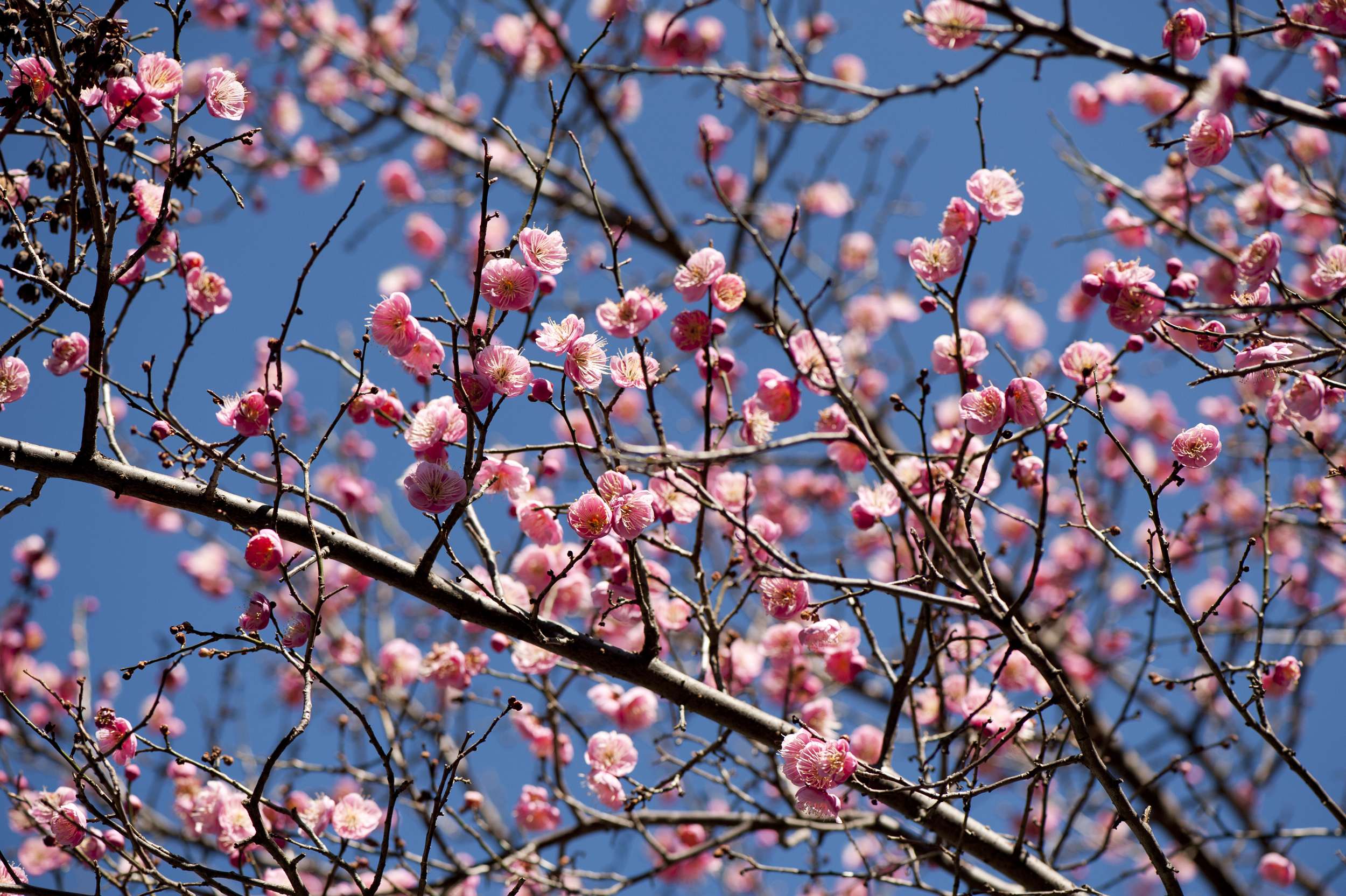
All You should know about Chinese Plum (Prunus Mume) > how to care and characteristics 🌱 PlantIn 🌿 Our best expert are here for your plants! Plant Identifier Flowers
Plant Prunus mume 'Hokkai Bungo' by Tracy Woods Blevins in Light Painted Plants Plants Map
Prunus mume in full flower in February, Maizuru Koen, Fukuoka, Japan, February 2006. Prunus mume is a relatively small tree, ranging from 4 to 10 meters in height if left unpruned. It's flaking bark is typically gray when mature, and with a green tint and smooth when young. Branching is complex and fine.
Prunus mume (Japanese Apricot, Japanese Flowering Apricot, Japanese Flowering Plum, Mei, Mume

Prunus mume is an Asian native tree with deep cultural roots and a fascinating history.. and March. Temperature also influences fruit set. Like any fruiting tree, if a hard frost (below 25F) occurs while the plant is flowering, it is unlikely that fruit will form. Since this tree produces small apricots with a massive seed inside, most home.
Prunus mume Omoinomama Japanese Flowering Apricot Trees

Prunus mume ( Japanese Apricot ) Prunus mume is an interesting tree that may take a normal rounded form, corkscrew, or pendulous growth habit. The leaves are alternate, simple, ovate to broad-ovate. Some plants may reach 20 feet high. The stems are polished, and shiny green. Over 250 cultivars are available in Japan with flower colors ranging.
Prunus mume Benichidori Buy Pink Flowering Apricot Trees
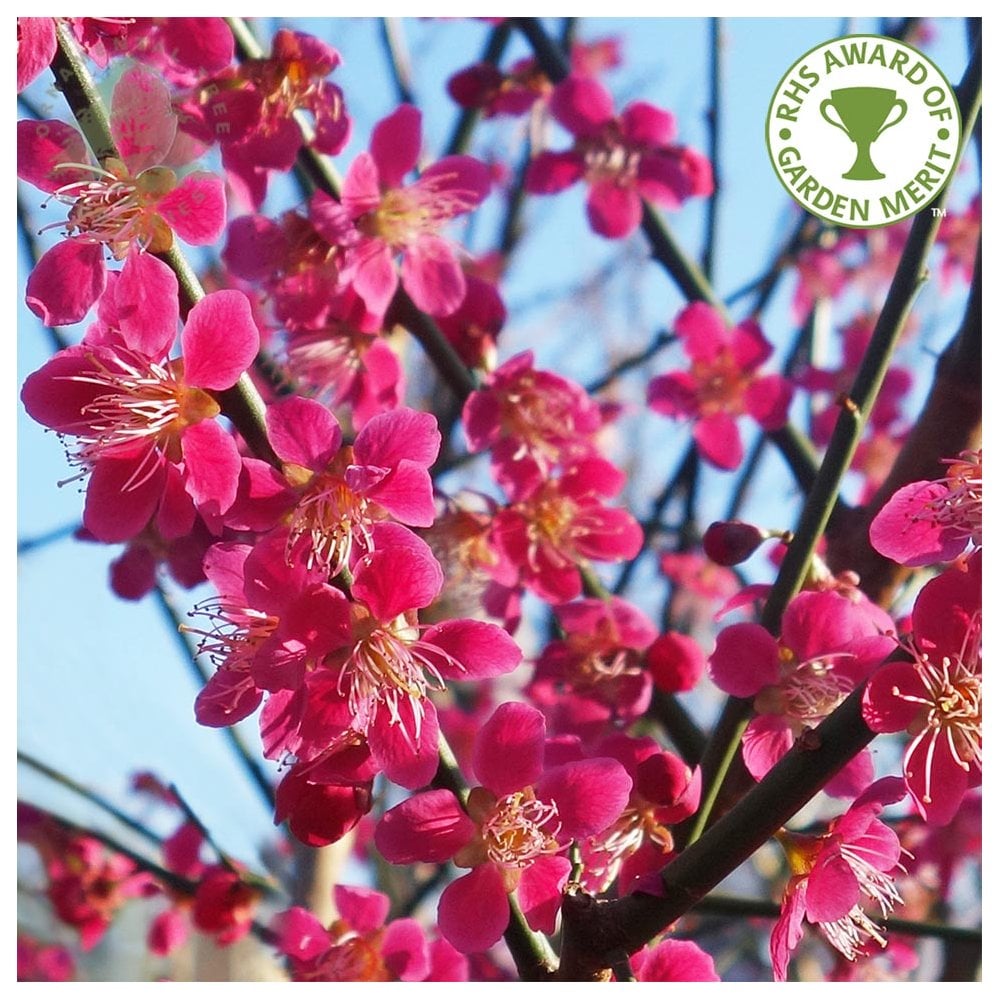
Latin Name: Prunus mume; Other common names: Japanese apricot, ume plum, and flowering apricot; Native to: China and Korea; USDA Zones: 6 to 9; Height: 10 to 20 feet tall;. Many plants within the Prunus genus are able to genetically cross with each other, resulting in new fruits. The cross of an apricot and a plum may be known as either.
Prunus mume Archives Plant Talk
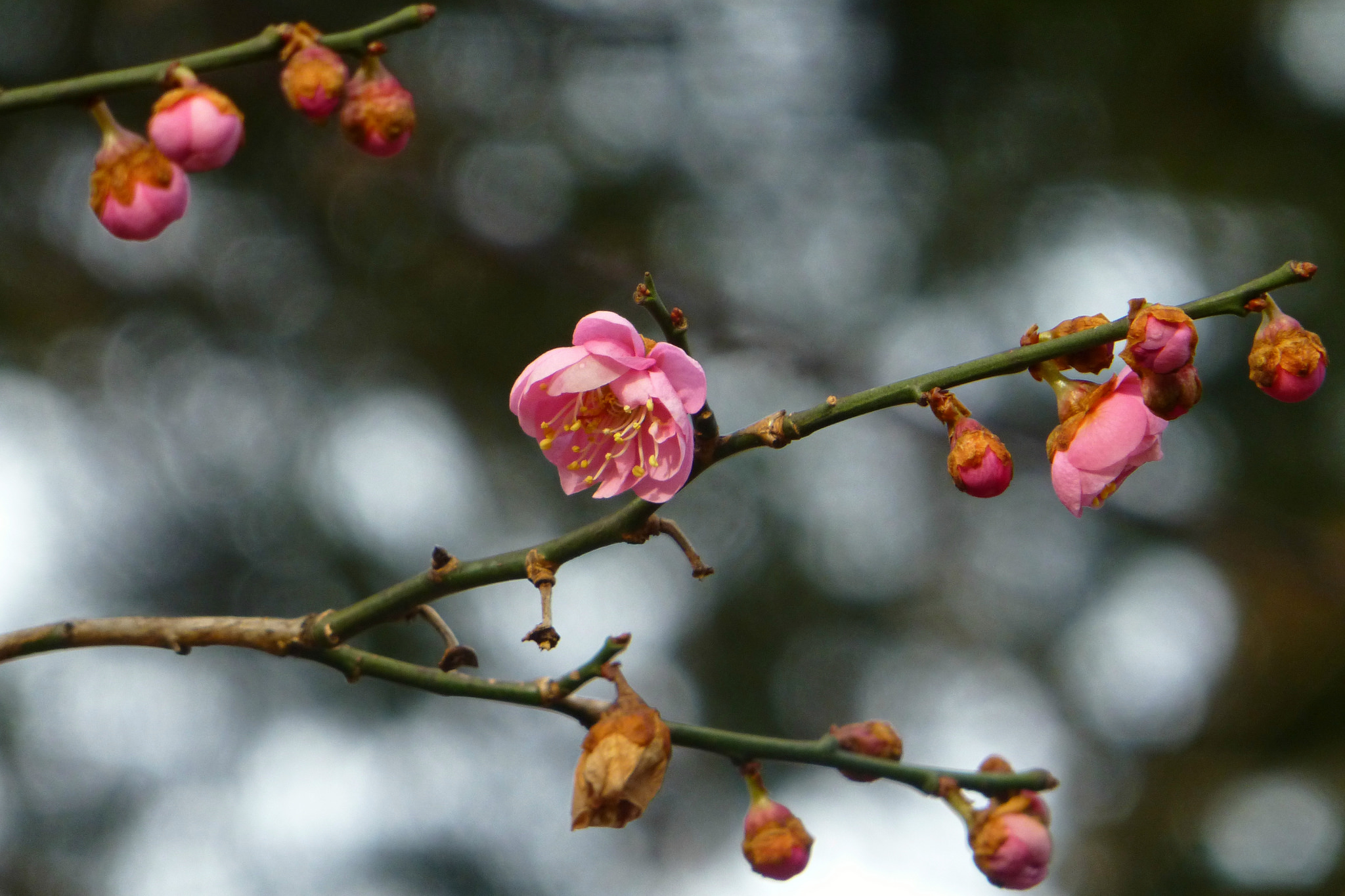
Few plants are as closely associated with the JC Raulston Arboretum as the Japanese flowering apricot, Prunus mume. J. C. Raulston widely promoted this winter flowering tree as a valuable addition to the southern landscape. It flowers from late December to early March depending on selection and brightens the winter garden with white to deep red.
Plant Geeked Prunus mume Japanese flowering apricot

The genus, Prunus, is derived from Latin and means plum or cherry. The epithet, mume, is the Japanese pronunciation of the Chinese name for this plant. This tree prefers full sun to partial shade, moist, acidic, loamy soils. They are best planted in protected areas so that the winter cold will not damage the flowers and the eventful fruits.
1003 Gardens Prunus mume 'Okitsuakabana' is a lovely late season mume
Plant database entry for Japanese Flowering Apricot (Prunus mume 'Trumpet') with 3 images.
Prunus mume 'Kobai' Xera Plants

The Prunus mume, belongs to the True Plum lineage, Straight Branch Plum category, and Palace Pink type within the plum blossom species. Its flowers range from semi-double to full double blooms, presenting varying shades of red. The Palace Pink Plum is an ornamental plum blossom, boasting an ancient tree form, elegant and beautiful flowers.
Flower Homes Prunus mume Flowers

Japanese apricot. P. mume is a spreading, deciduous tree to around 9m, with green shoots and dark green leaves. Fragrant flowers, from white to dark pink, are produced on bare branches in late winter and early spring, followed by edible but sour, apricot-like, yellow fruit.
Prunus mume (Japanese Apricot, Japanese Flowering Apricot, Japanese Flowering Plum, Mei, Mume

Synonyms. Armeniaca mume Sieb. A deciduous tree of rounded habit 20 to 30 ft high, with glabrous, lustrous, green twigs. Leaves 2 1 ⁄ 2 to 4 in. long, roundish or broadly ovate, contracted at the end into a long tapering point, sharply and often doubly toothed, with scattered hairs on both sides, becoming glabrous except about the midrib.
Prunus mume (Japanese Apricot, Japanese Flowering Apricot, Japanese Flowering Plum, Mei, Mume

Mume at Kew Prunus mume can be seen growing at Wakehurst (half way down Farm Walk, 7 metres from the path). Specimens of mume can be seen in the Economic Botany Collection, one of the behind-the-scenes areas of Kew. These specimens include samples of fruits and wood, and are made available to researchers from around the world by appointment.
Prunus mume (Japanese Apricot, Japanese Flowering Apricot, Japanese Flowering Plum, Mei, Mume

Native to (or naturalized in) Oregon: Deciduous, bushy, rounded tree to 15-30 ft (4.5-9 m), glabrous green branches. Leaves alternate, simple, to 10 cm rounded or broadly ovate, broad wedge-shaped at base, margin sharply and often doubly serrate, petiole to 3 cm. Flowers in 1-2s, to 3 cm wide, pale pink and fragrant, very short stalked, blooms.
Prunus mume Archives Plant Talk
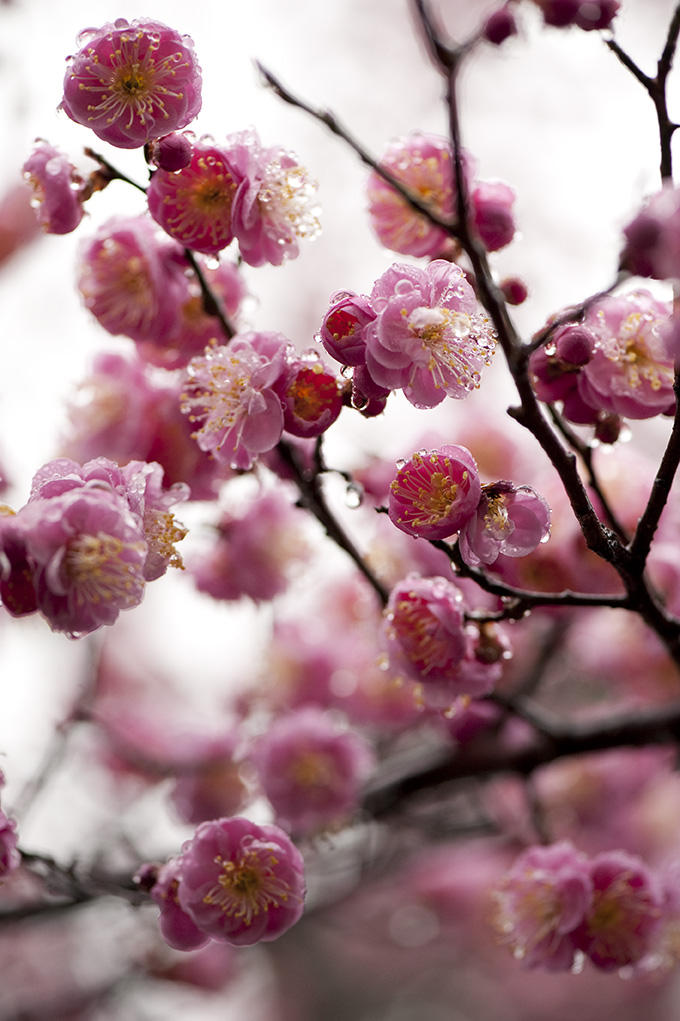
PLANTS ; Home ; Topics; Team; Downloads; Partners; Related Tools; Help ; Basic Search. Go. Characteristics Search Duration Search Fact Sheets/Plant Guides. Prunus mume Siebold & Zucc. Japanese apricot. Additional References; ARS Germplasm Resources Information Network (PRMU5) CalPhotos (PRMU5)
Prunus mume (Matsubara Red) Zone 7 Plants
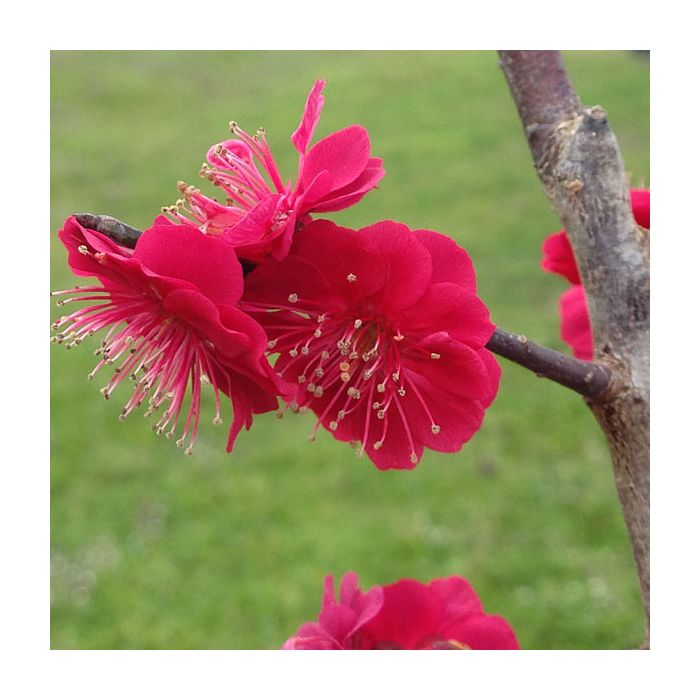
Prunus mume is a deciduous Tree growing to 9 m (29ft) by 6 m (19ft) at a medium rate. See above for USDA hardiness. It is hardy to UK zone 6. It is in flower in April, and the seeds ripen from July to August. The species is hermaphrodite (has both male and female organs) and is pollinated by Insects. Suitable for: light (sandy), medium (loamy) and heavy (clay) soils and prefers well-drained soil.
Prunus mume (Siebold) Siebold & Zucc. Plants of the World Online Kew Science
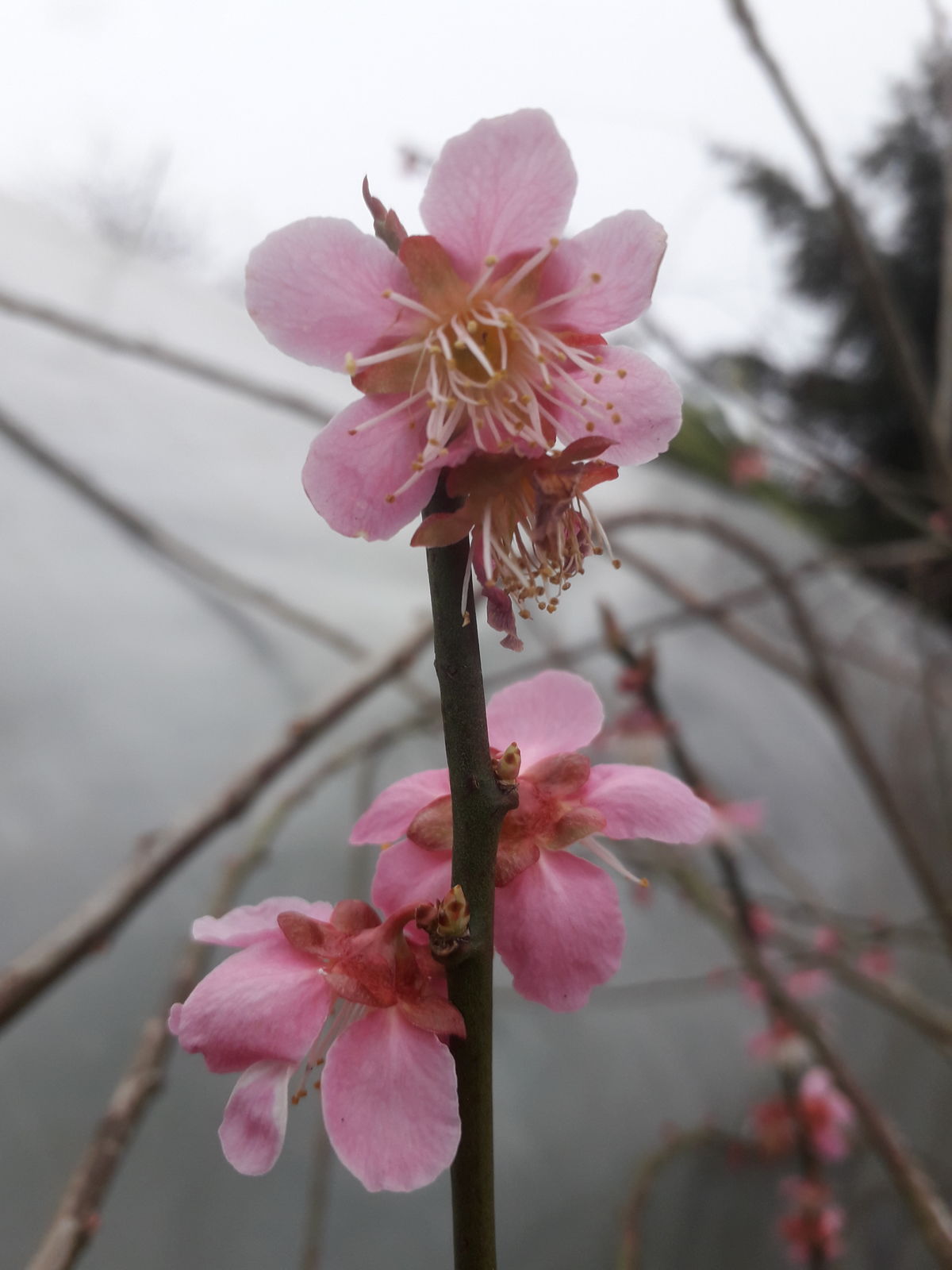
Prunus mume, commonly called Japanese apricot, is primarily grown for ornamental purposes, and in particular for its mid to late winter bloom of pink flowers. It is native to China, Taiwan, Korea and Japan. It is an upright, fast-growing, deciduous tree that typically grows to 15-20' tall with a rounded form. It may be trained as a large shrub.